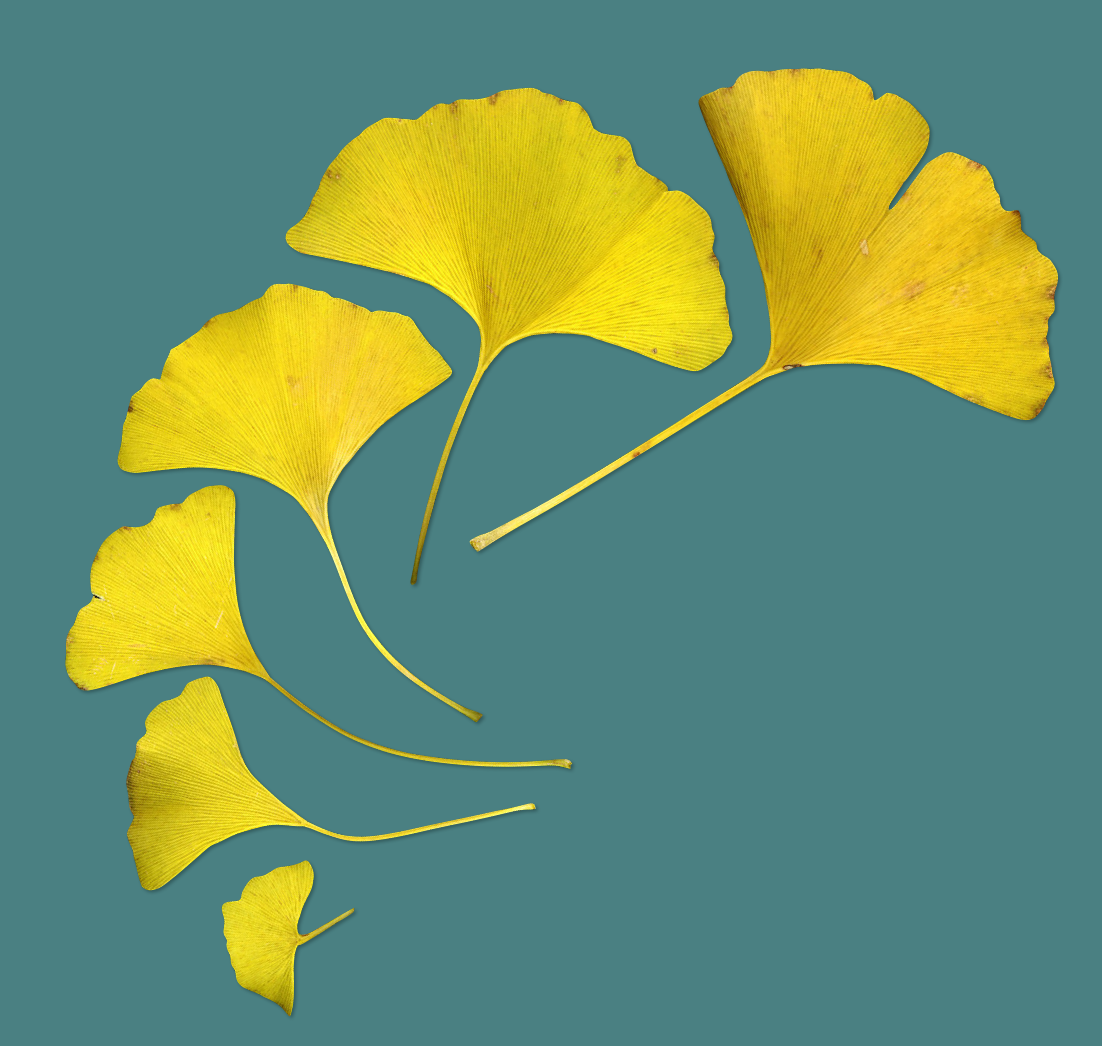Wild Weed Pesto
At this time of year in Perth, the weeds grow wildly as the rain has come but it’s not too cold yet. In Perth, we get nettles, dandelions, plantain, chickweed, and nasturtium, and you might have other greens in your garden as well. I actually still have basil left from the summer, including some Thai basil. And if you are lucky, the coriander should be starting to take off too- or you can buy a bunch at the farmer’s market.
All these greens tend to grow at the end of winter, early spring in other parts of the world, but here in Perth, a Mediterranean climate, they grow from now, all through winter till later Spring. They die off as the dry heat comes back.
Pesto is traditionally made with basil, pine nuts, garlic, olive oil and parmeson. However it is inherently flexible, and can be made with different greens, and various nuts and seeds.
So, below is a very flexible recipe.
I suggest you nibble at your various greens and ensure they are not all too bitter. However, the dandelion leaves are mildly bitter- just pick the milder younger ones.
Be sure your dandelions are true dandelions, although the lookalikes are not poisonous. However the true English dandelions grow from a rosette, and do not have hairs. The leaves have jagged edges, The flowers grow on single stalks, with a single flower on each stalk.
True Dandelions
Ingredients for Wild Weed Pesto
2 cups of chopped weeds and/or greens (young dandelion leaves, nettles, coriander, mint, young nasturtium leaves, chickweed, last of the summer basil….) If you are using nettles, blanch them first in boiling water to remove the sting.
3 cloves of garlic (more or less)
1/2 cup Extra Virgin Olive oil
1/2 cup nuts and/or seeds of your choice (pine nuts, walnuts, pecans, sunflower seeds, brazil, pumpkin seeds, hemp seeds, almonds etc. Lightly toasted can enhance flavour).
1 tsp lemon zest and 1 tbs lemon juice. These help balance the bitterness of the leafy greens.
1/2 tsp salt
1/4 cup parmesan cheese (freshly grated is best)
optional 1 tsp turmeric.
Directions
I just blend them all together. If the mixture is too thick, add extra olive oil, or sometimes I add water instead.
Refrigerate and eat within a few days. Or put into small containers and freeze and use as needed.
Uses
It makes a great marinade and sauce for chicken or tofu
Mix with scrambled eggs or on an omelet
Instant pasta sauce.
Use as a dip
Spread on a sandwich
Benefits
The minerals in these leafy greens are incredibly rich and nourishing. Our modern western diet tends to be low in minerals that we once had in much more abundance. Eating wild foraged foods and weeds- safely identified- help us to get enough of these minerals.
The mild bitterness is very good for the liver. We have bitter taste receptors right through our digestive system, and we are meant to eat bitter foods- they help increase our digestive juices and break down fats.
Dandelion leaves are high in inulin, a prebiotic starch good for our gut flora. They are also a diuretic.
Picking weeds and greens from your garden or the wild, is good for the soul.
Reference:
Dandelion pesto is a classic Rosemary Gladstar recipe shared by Learning Herbs.



